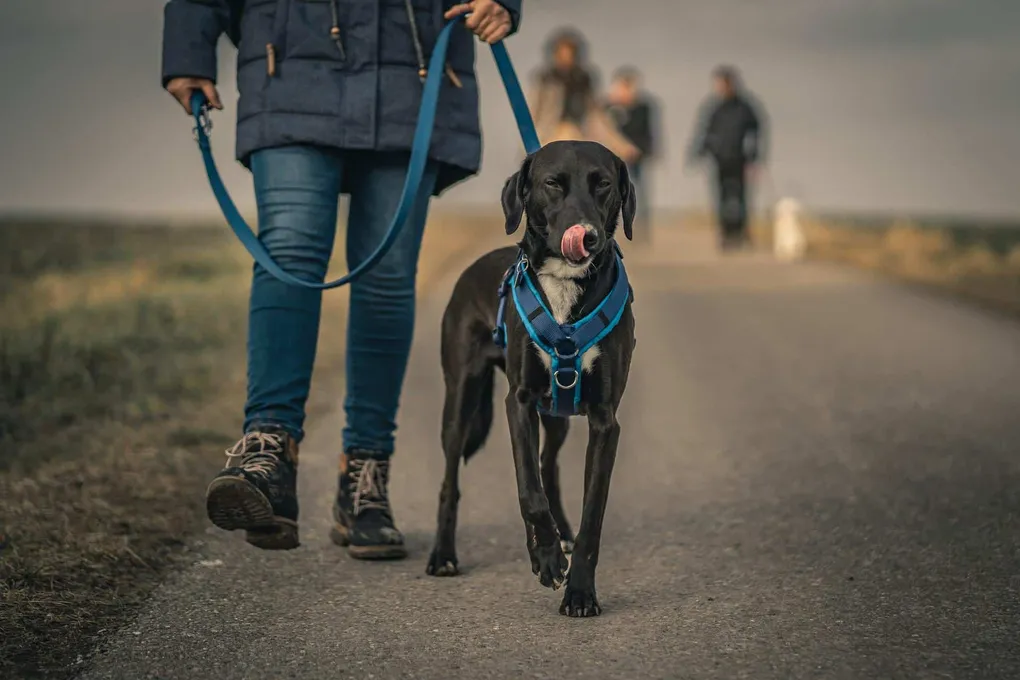
To stroll in the park with your furry best friend, how calm and tranquil that can be. But not if you are being pulled in every direction by your dog, who has never learned to walk properly on a leash. The stress and discomfort from your dog walking you, instead of you walking him, can take a toll on both bodies and minds. Here’s how to train an older dog to walk on a leash. It might take a lot but not impossible!
We’ve all been there --- being pulled, jerked, or even dragged by our dogs because they haven’t learned to walk calmly on a leash. Or, they had simply gone a little rusty with their leash education.
In some cases, we may have adopted a rescue dog who is not used to wearing a collar and a leash and has never undergone leash training.
In this blog post, let’s explore some methods to get you and Fido back out and walk calmly.
Can an Older Dog be Leash Trained?
Despite the saying, old dogs can learn new tricks! It might be quite harder than training a pup or younger dog, but not impossible. Bringing extra snacks and positive reinforcements to leash training sessions would help.
As a dog owner, it is important that you identify and start with the correct tools. Leash training an older dog may be quite a challenge, even for a dog trainer.
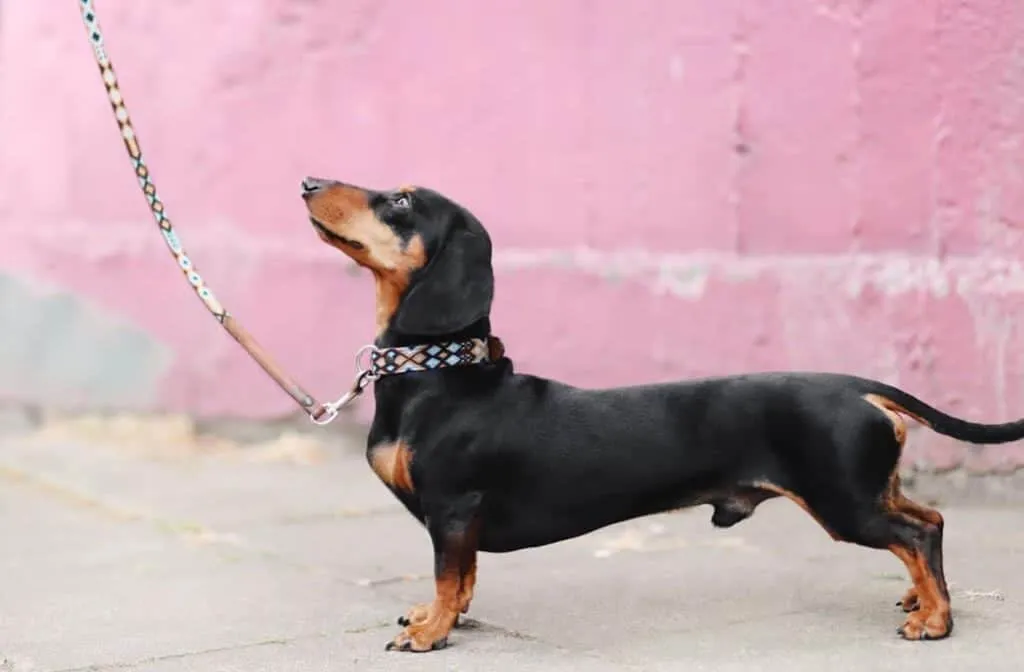
A shorter leash is better to start to avoid leaving too much distance between you and your dog when going for a walk. A training lead is a short leash that keeps your dog closer to you. It allows you to easily correct wrong behavior more quickly.
If you have large breed dogs, a body or head harness might be more appropriate to avoid putting too much pressure on their throats every time they pull on the leash.
Lastly, make sure you have the correct leash for your dog’s weight. A thicker, heavy-duty leash would be helpful when they have a strong pull and vice versa if you have a smaller dog.
Make sure that you clip the leash on the training collar properly to prevent accidents. Otherwise, it would defeat the purpose of stopping your dog from pulling.
Although some dog owners find the choke chain beneficial in stopping older dogs from pulling on the leash, it may not be advantageous in the long run. With this kind of chain, the collar tightens every time a dog pulls. But, as to the way it works, some dogs would find this a kind of punishment. Instead of learning positive behavior, the opposite might just happen.
How do you Train an Older Dog to Walk on a Leash Without Pulling?
Contrary to popular belief, a dog pulling on the leash is not an attempt to dominate or humiliate us. We may simply not be the ideal walking companions they desire.
A dog’s natural walking gait is much faster than ours, and the desire to investigate their surroundings runs deep. When your dog pulls on the leash, it is important not to react in an angry or punishing manner but rather in an educational form.
Prevention is better than cure. If you notice that Fido may be getting excited, and this will lead to pulling, try to distract him vocally first. If this yields an unsuccessful yield, gently tug on the leash until his attention is focused back on you.
Also, to leash train an older dog who exhibits leash pulling every time you go for a walk, it is important to be consistent. Teach your dog not to pull in the opposite direction by calling out his name in an excited voice to catch his attention.
Try this technique in a familiar area to establish a routine. As you both grow more confident and comfortable with this, you can move onto bigger areas with more distractions to solidify the commands.
How do you Train a Dog to Walk on a Leash Beside You?
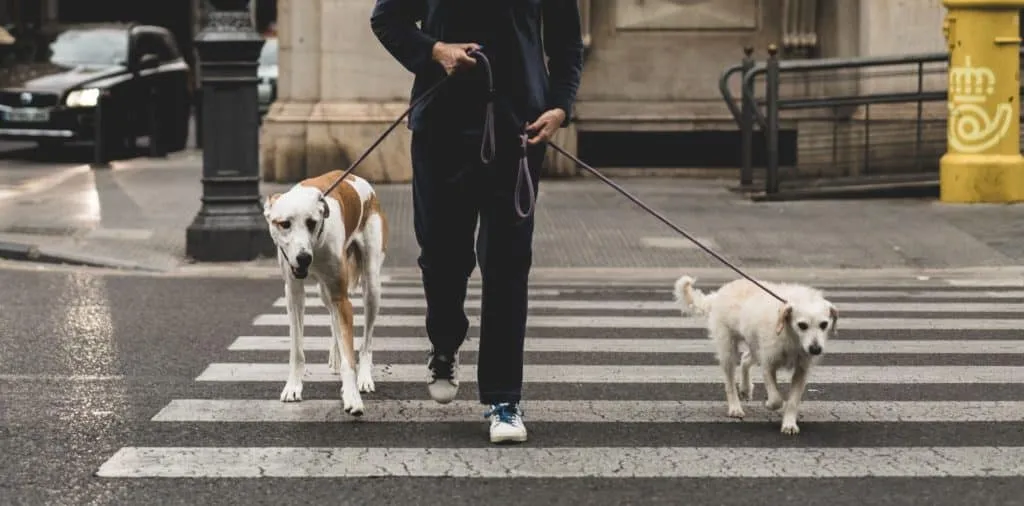
Firstly, we need to familiarize ourselves with the equipment. Start to introduce the collar and leash at mealtimes, so he associates the leash with positive experiences.
After he has eaten, let the leash drag beside him, and you will follow him to acclimate walking beside him for some time. Gradually increase the time spent doing this and eventually move this activity to outside and progress to holding the leash in your hand.
Reward all positive behavior with treats and praise. It is important not to punish during training as this will lead to negative feelings and possible fright moving forward.
Training an Older Dog to Heel
Heeling is an incredibly useful command to have in your doggy drawer of tricks. After you’ve both accustomed yourselves to walking on a lead, this is the next trick to master.
As you are walking Fido, anytime he walks ahead of you, you are going to pause your step and firmly say, “Heel.”
He probably won’t understand you at the start, so you may need to coach him with a gentle tug of the leash to return to your side.
Do not move or say anything more. We mean business now. As soon as he returns to your side, reward him with praise and a treat.
Repeat this method along your walks. It will make your walks shorter in length and longer in process, but after he gets the hang of it, you can both walk confidently with this in your bag of tricks.
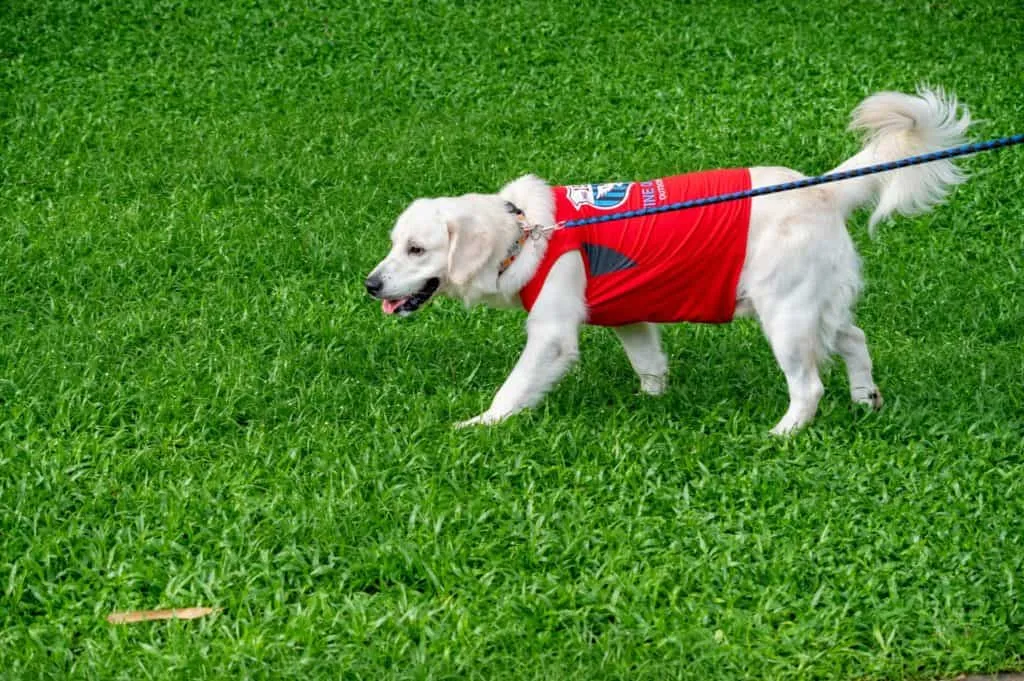
How to Train an Older Dog to Walk Off-Leash?
This is a great exercise to practice commands with your dog. Assuming that your on-leash commands are strong and well-respected, off-leash training and practice will be a nice change of lead for your furry friend.
You can practice this exercise starting in a small, enclosed area and start with a few ‘heels’ as refreshment.
As you are walking together, be aware of any distractions that may arise and try to prevent the interest before you lose control.
You can do this by drawing your dog’s attention to yourself with “Look!” This is a command to draw his attention from wherever he may be and focus all of his attention on you.
You must remember to be consistent with rewards and praise to strengthen this command and get the desired results you seek.
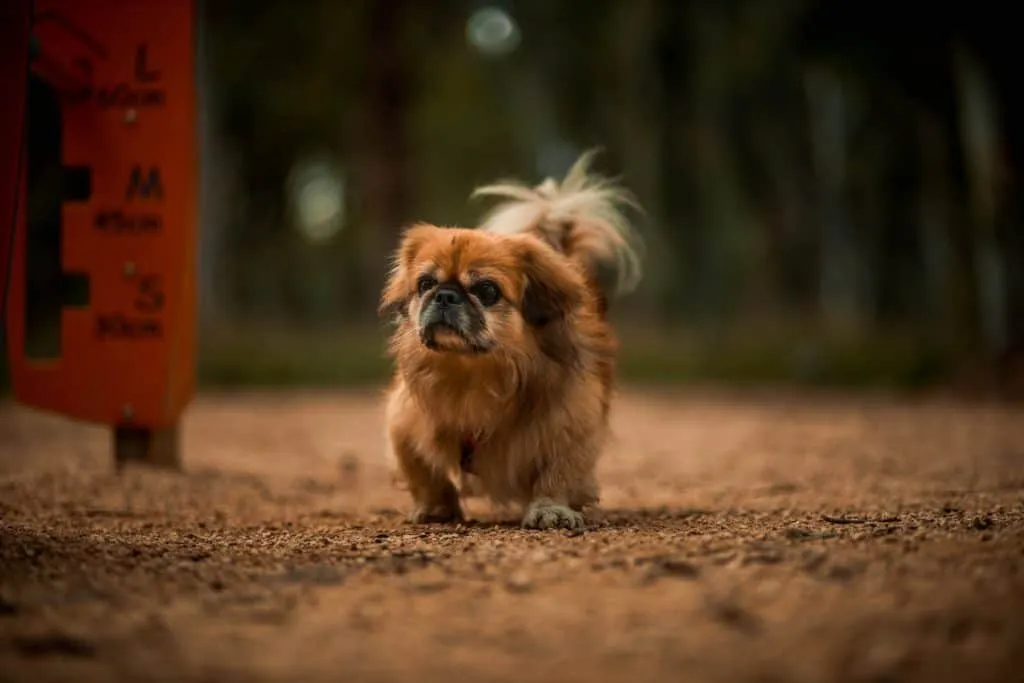
Now that you know How to Train an Older Dog to Walk on a Leash
Now that you know how to train an older dog to walk on a leash, get on with it. It’s never too late to leash train your dogs!
After all the dog days of training and teaching are over, your dog would stop pulling and be well-behaved. He would turn out to be a great walking companion for you, regardless of his age.
Remember to be consistent with training. Always reward good behavior but never punish bad behavior.
With consistency and positive reinforcements, your dog will learn what it is you want them to do. Eventually, you and your furry friend can accomplish so much together in your time outside, either on or off-leash. Happy wagging walks!